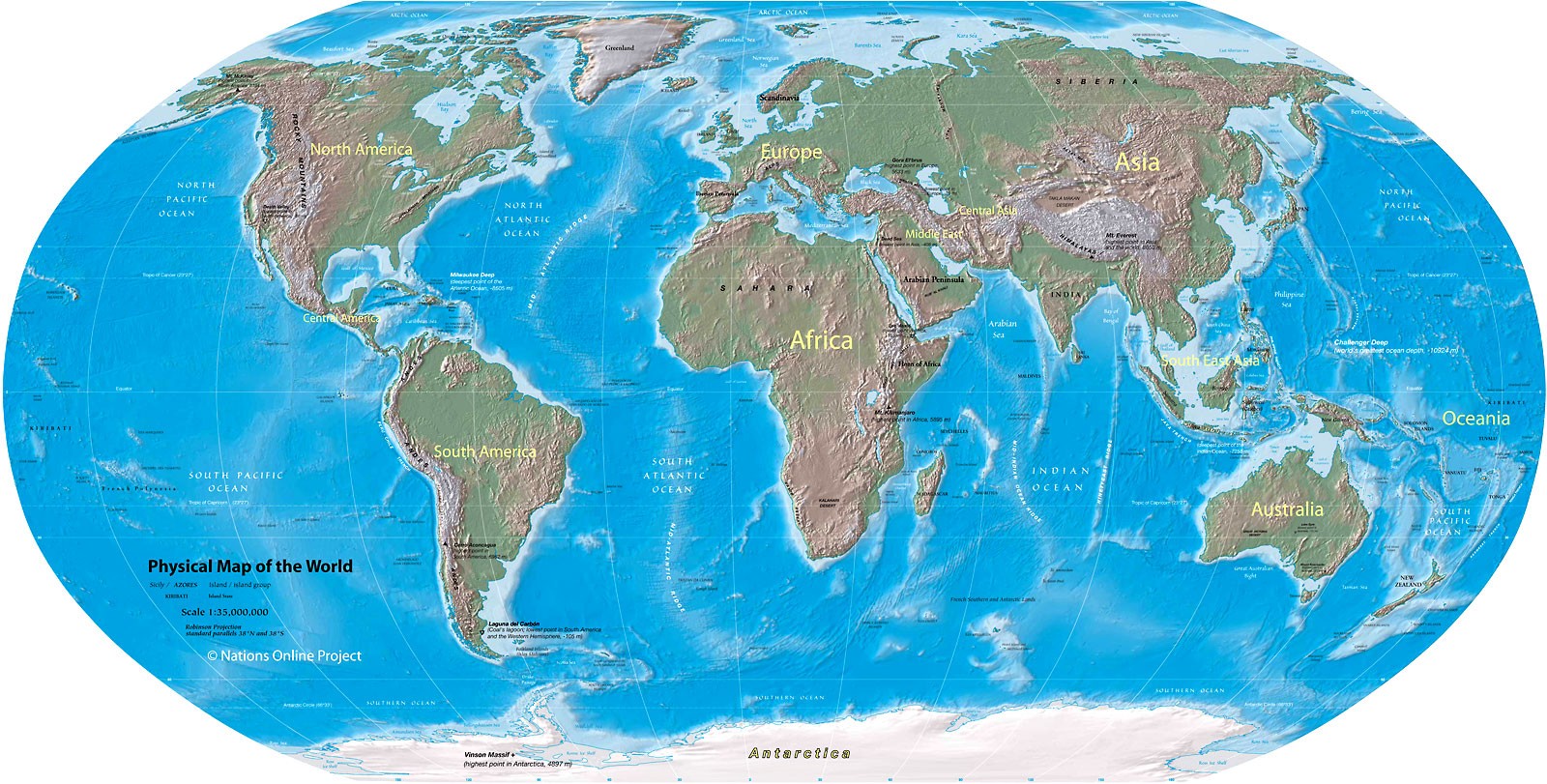If you have been searching all over the web for the free printable blank world physical Map HD, your search has ended by coming across our article. We provide you with a physical Map of the World printable instead of going to the market and picking up any of the physical maps were, of course, you will need to pay. You can also check out the following maps:
But now, with the advancement of technology, you do not need to pay for such things, and you will get this kind of stuff with a better quality option. You do not need to compromise on the quality of what you need. Here, you will get the physical World map of different types like blank, PDF, and outline with HD quality.
Table of Contents
Printable Blank World Physical Map
Physical Features of the Earth
Continents
The north and the south poles
The Tallest Mountain on Earth
The lowest points on Earth
The Most Remote Locations
Largest Islands on Earth
World Physical Map Printable
Blank World Physical Map HD
Printable World Physical Map Outline
Printable Blank World Physical Map
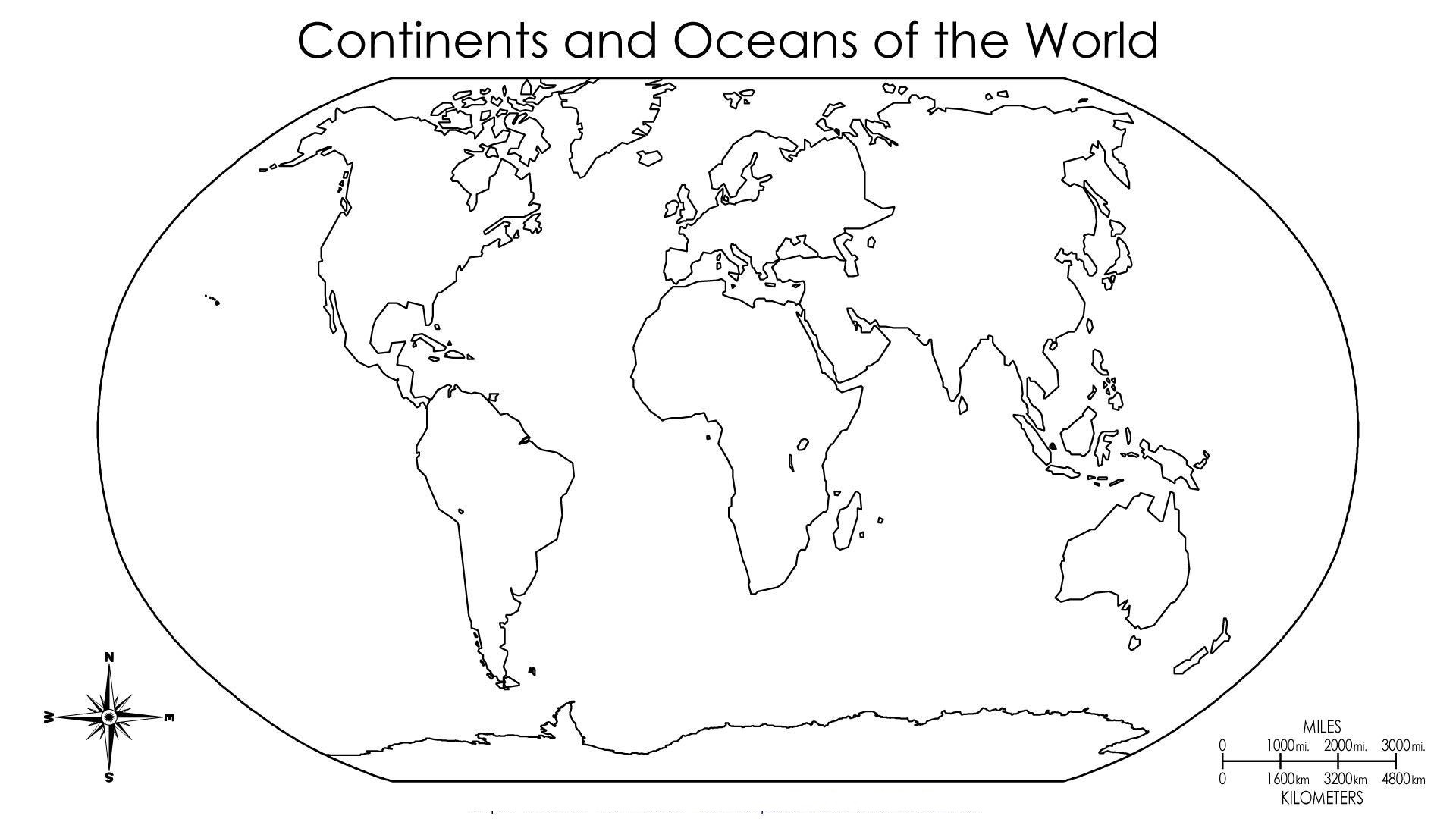
If you are a Geography lover or a geography student and need to explore your knowledge regarding different locations, places, seas, mountains, glaciers, oceans, etc., with the help of a printable blank World physical map, you are at the right place. This World physical map has a vast range of descriptions of countries and areas, so it needs to be very much clear and prominent so that when you have a look at this, you will be able to understand the country name or places mentioned in the physical World Map. This map contains different colours describing different locations, making it easy to differentiate the country’s boundaries on the World map. This physical World map has special symbols used to describe the unique places in the World.
Physical Features of the Earth
Area
At sea level, the earth’s surface (land and water) covers little more than 510 million km2 (100 percent). Water, the salty liquid between the dry land, covers approximately 360 million km2 (almost 71 percent). Dryland, rock, stones, sand, mountains, deserts, rivers and lakes, arable land, and so on make up the remaining 29 percent of the planet’s surface. With Antarctica included, the total land area is almost 150 million km2.
Continents
Africa, Antarctica, Asia, Australia/Oceania, Europe, North America, and South America are seven continents. There are no established criteria for designating continents. Therefore, you may have learned that there are five, six, or even four continents depending on where you live. The position of landmasses’ on a continent’s crust helps identify continents, as well as geopolitical factors. The seven continent approaches are the most often used classification system. Below is an overview of the world’s continents.
- North America: North America is the world’s third-largest continent by land area. It is the fourth most populous country in the world. North America, a subcontinent of the Americas, is located entirely in the northern hemisphere and is bounded to the north by the Arctic Ocean, to the east by the Atlantic Ocean, to the west by the Pacific Ocean, and the south by South America. North America boasts the world’s longest land border, which Canada and the United States share.
- South America: South America is the world’s fourth-largest continent in land area and the third-most populous continent. Except for a small part in the continent’s northernmost portion, it is primarily in the southern hemisphere. South America is surrounded on the east by the Atlantic Ocean, on the west by the Pacific Ocean, on the south by the Southern Ocean, and on the north by North America.
- Europe: Europe is the world’s third-most populous continent and its sixth-largest by land area. Despite its physical proximity to Asia, Europe has long been thought of as a different continent due to cultural and linguistic differences. The Ural and Caucasus Mountains constitute Europe’s eastern border. The Black Sea and the Mediterranean Sea to the south, the Arctic Ocean to the north, and the Atlantic Ocean to the west are Europe’s other borders. 10% of the world’s population resides in Europe.
- Africa: By both area and population, Africa is the world’s second-largest continent. In the centre of Africa, the equator flows through the continent. The Southern Hemisphere encompasses roughly one-third of Africa. Africa accounts for approximately 20% of the world’s total land area. To the east, west, and north Surrounding Africa are the Indian Ocean, the Atlantic Ocean, the Mediterranean Sea, and the Red Sea.
- Asia: In terms of population and land area, Asia is the world’s largest continent. Asia borders the Pacific Ocean to the east, the Arctic Ocean to the north, the Indian Ocean to the south, and Europe to the west. It covers 30% of the world’s land area.
- Oceania: Oceania is the world’s smallest continent, with the second-lowest population. This region is also referred to as Oceania to distinguish it from the Australian country. Oceania, on the other hand, is a continental cluster rather than a continent. This region is also referred to as Australasia on occasion. Australia, Papua New Guinea, and parts of Indonesia are all included in the Australian continent.
- Antarctica: Antarctica is located at the South Pole and has no permanent residents or countries. It has always only been useful as a scientific foundation. Antarctica is the world’s fifth-largest continent by geographical area, but it is also the least populated. Antarctica is essentially an island surrounded by the Southern Ocean.
The north and the south poles
The Geographic North Pole is the northernmost point on Earth, where the northern end of the Earth’s axis of rotation meets the surface of the Arctic Ocean’s ice. The north beach on Kaffeklubben Island, a rocky islet less than 1 km north of Greenland’s coast, is the world’s most northern land. Stray Dog West Island, which is close by, could be a contender for the northernmost point on the ground (to be confirmed). The geographic South Pole is the planet’s southernmost point. In the middle of the Southern Hemisphere, in Antarctica, the earth’s axis reaches its southernmost point.
The Tallest Mountain on Earth
Mount Everest’s summit is the highest point on Earth when measured from sea level. Chomolungma mountain reaches a height of 8,848 meters (29,029 ft; its snow-ice cover included). The Himalayan Range, which runs across Nepal and China, contains the world’s tallest mountain.
K2, located in the northeastern Karakoram Range on the Pakistan-China border, is the world’s second-highest mountain at 8,611 meters (28,251 feet). Kangchenjunga, at 8,586 meters (28,169 feet) and located on the India–Nepal border, is the world’s third tallest peak. At 6,893 meters (22,615 feet), Ojos del Salado is an active volcano on the Chile-Argentina border. Denali is the highest mountain in the United States and North America, standing at 6,190 meters (20,300 feet).
The Vinson Massif, at 4,892 meters (16,050 feet), is Antarctica’s tallest peak. Lake Titicaca is the world’s highest navigable lake. At an elevation of 3,812 meters, the Andes contain South America’s largest lake. Twenty-seven rivers feed Lake Titicaca, and the Bolivian-Peruvian border runs through it.
The lowest points on Earth
Vityaz Deep, near the Mariana Trench’s bottom, is perhaps the lowest known natural point, at -11,034 m (-36,201 ft) below sea level. The Russian research vessel Vityaz measured the depth in 1957. However, it was never confirmed. The Meteor Deep, located at the eastern end of the Scotia Sea in the Hadal Zone of the South Sandwich Trench, is the deepest point in the Southern Ocean at 8,200 meters (26,900 feet) below sea level. The depth requirements are a bit ambiguous. Accurately measuring the depth of the deep sea remains a challenging task.
The Dead Sea beach, at 432.65 meters (1,419 feet) below sea level, is the lowest point on land and the lowest tourist destination on Earth. Israel, Palestine, and Jordan all share the lake. At 86 meters (282 feet), the Badwater Basin in Death Valley is the lowest place in North America.
At 86 meters (282 feet) below sea level, the Badwater Basin in Death Valley is the lowest place in North America. The ice-covered Bentley Subglacial Trench is one of the deepest spots on the earth’s surface that water does not cover. The trench is 2,555 meters (8,382 feet) below sea level in western Antarctica.
The Most Remote Locations
Tristan da Cunha, a series of volcanic islands in the South Atlantic Ocean, is one of the world’s most remote inhabited places. The tiny archipelago is part of Saint Helena, a British Overseas Territory, and is 2,780 kilometers west of Cape Town and 3,760 kilometers east of the South American coast.
The Marquesas Islands are pretty far away (part of French Polynesia). The archipelago is 3,725 kilometers southeast of Hawaii in the South Pacific Ocean. The nearest mainland is 5,000 kilometers away, on Mexico’s southwestern coast; the second-nearest substantial land is 5,230 kilometers away, on New Zealand’s east coast.
Bouvet Island, or Bouvetya, is also located in the middle of nothing. Norway, which is only 12,500 kilometers to the north, controls the deserted, glacier-covered volcanic rock island. The island is 2,530 kilometers southwest of South Africa’s southernmost point, 1,745 kilometers north of Queen Maud Land, Antarctica’s ice fields, and 4,220 kilometers east of Isla Grande de Tierra del Fuego, South America’s southernmost island. Some consider Bouvet Island to be the world’s most remote island.
Largest Islands on Earth
The top-ten of the largest islands on the planet are:
- Greenland (part of the Danish Realm)
- New Guinea (shared by Indonesia and Papua New Guinea)
- Borneo (shared by Brunei, Indonesia, and Malaysia)
- Madagascar (Madagascar, main island)
- Baffin Island (Canada)
- Sumatra (Indonesia)
- Honshu (Japan)
- Victoria Island (Canada)
- Great Britain (United Kingdom)
- Ellesmere Island (Canada)
World Physical Map Printable
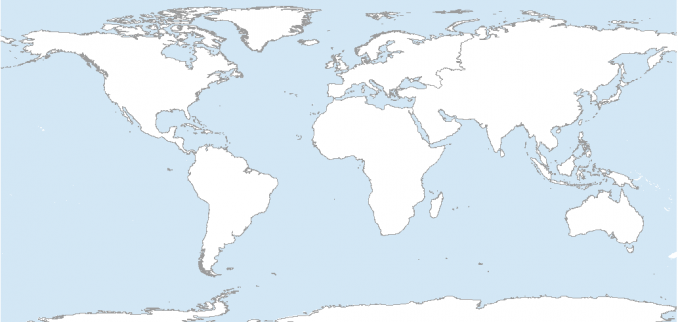
You can have this physical map of the World in blank printable PDF format. For this, click on the PDF option or when you save this physical map, select the PDF option from the list. Once you have saved it in PDF, it becomes easy to transmit from one device to another without any changes. If you keep this map in other formats, then there are chances that there will appear some changes to its designs, or the written form may get changed, and you will not be able to correct it. So, PDF is considered the best option to save the files or World Physical amp.
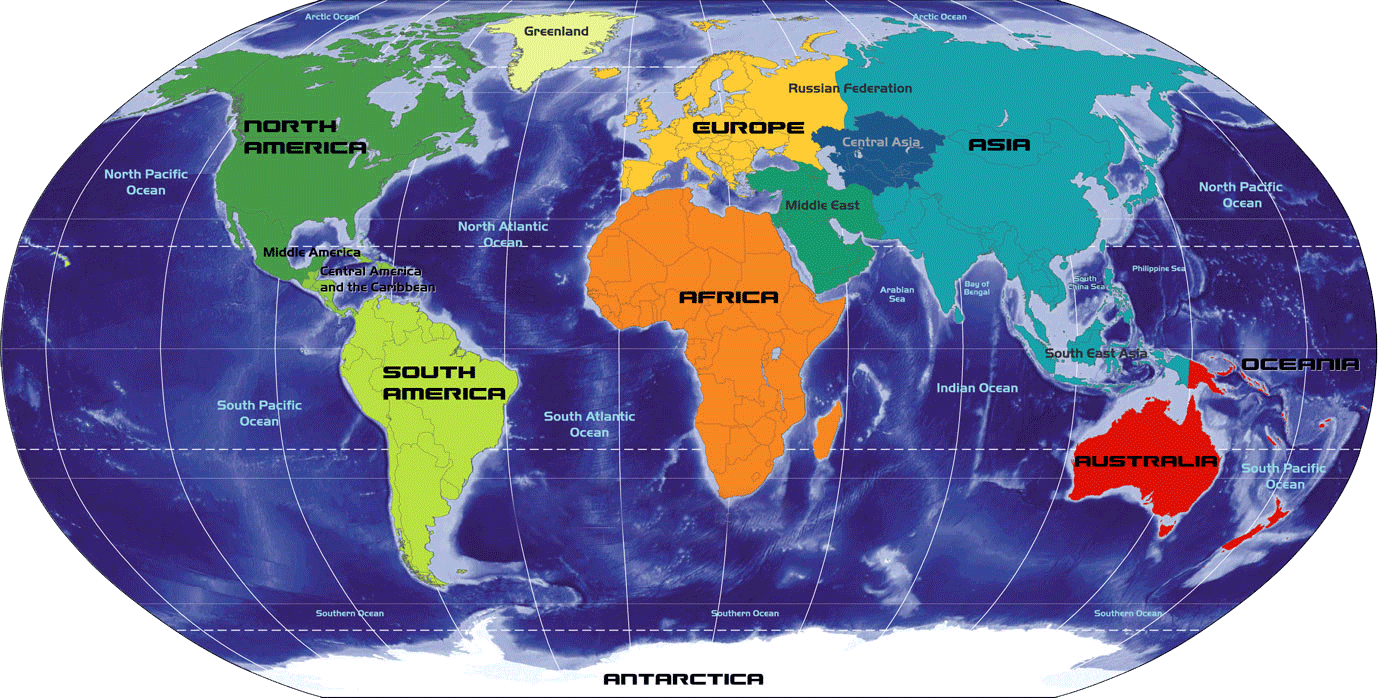
Blank World Physical Map HD
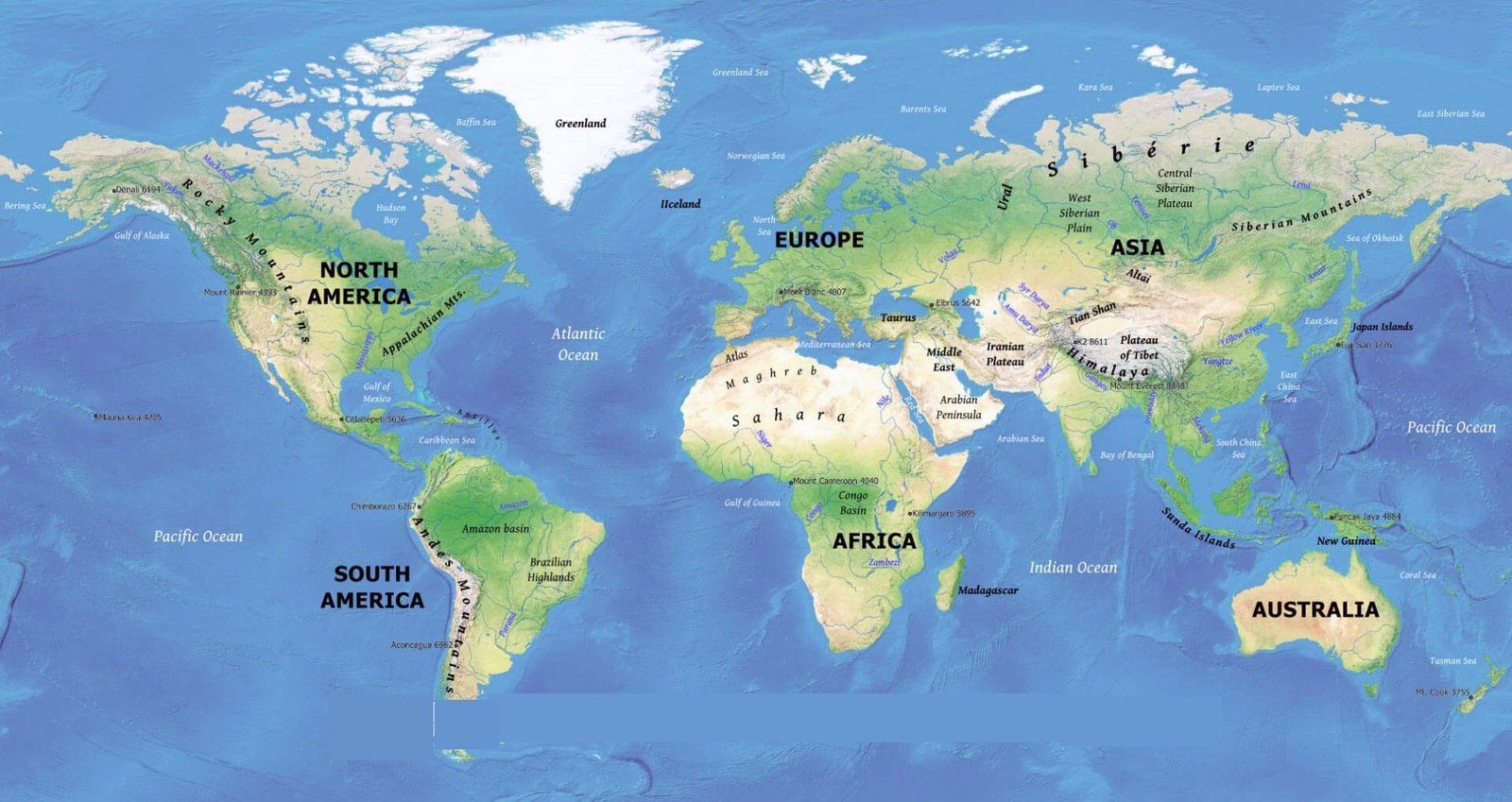
In the case of a blank world map pdf, you will not be described with the countries’ names on the map and will have all the partitioning of the countries and boundaries, and you need to write down countries’ words by yourself. This type of blank world map is considered a good option when you need to practice with the physical map and check your knowledge of this.
Printable World Physical Map Outline
In the World physical Map Outline, you will only provide the outer boundary of the world map and the est of the inside stuff regarding countries; the edge of the government needs to be done by you. If you are performing the practice for the competitive exams and tests and want to have strong knowledge about physical world maps, then this type of map is the god option for you.
